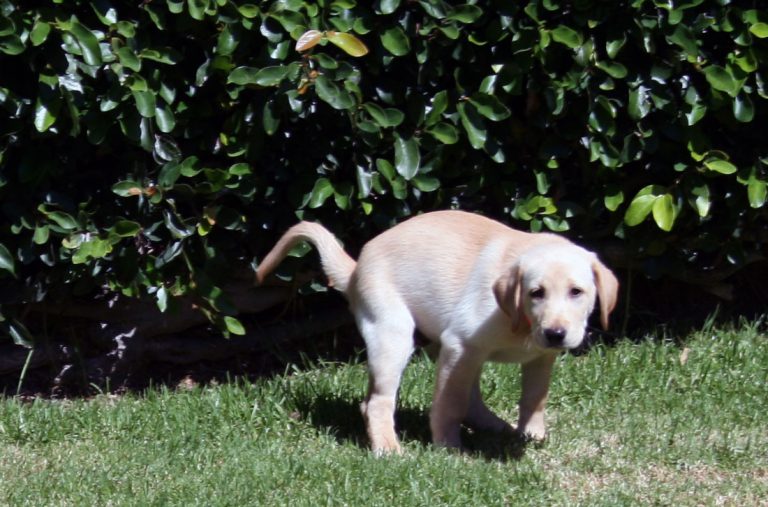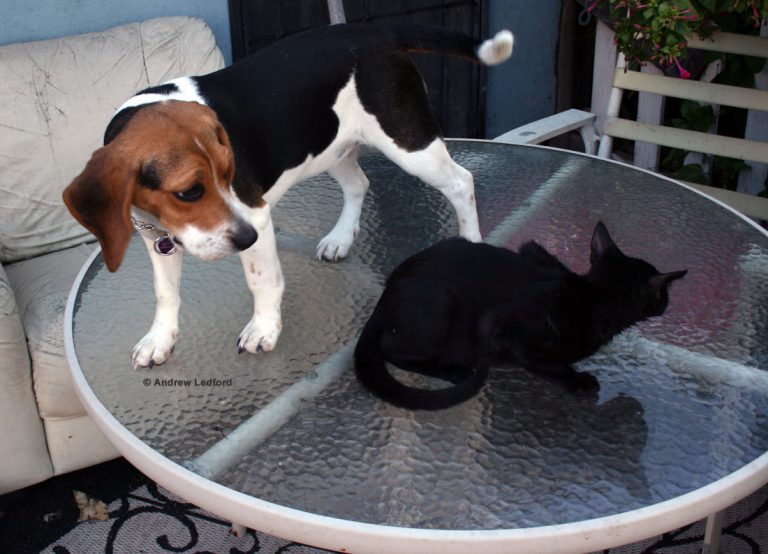Getting A New Rescue Dog
Getting A New Rescue Dog and Temperament Testing
By Andrew Ledford 714-827-4058 Orange County and Long Beach Dog Training
The first dog in the series was very active and animal oriented in a friendly way. In the photo it is looking at another dog and ignoring me. This dog also did well when presented with a novel visual stimulus.
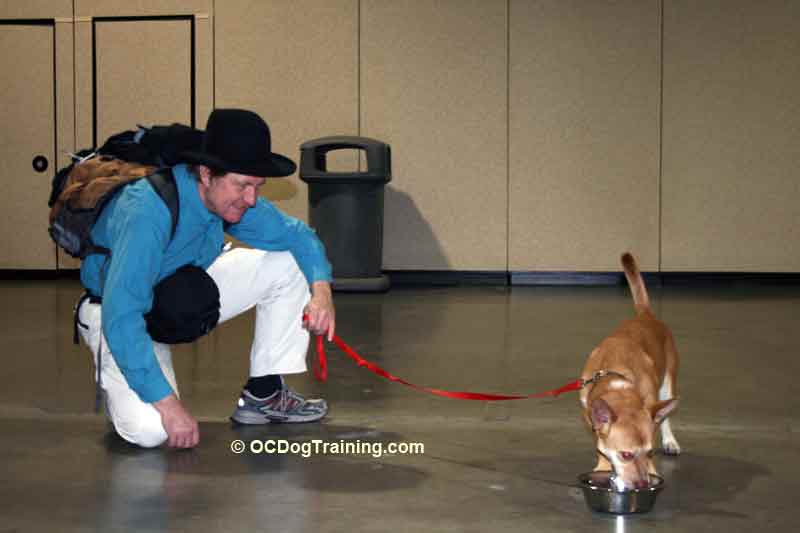
Getting a New Rescue Dog and picking a dog that will match your lifestyle.
Impromptu rescue dog evaluation at the Long Beach Pet Expo.
The Long Beach Pet Expo was a lot of fun. I had the chance to meet a lot of dog friendly folks and saw many of Long Beach’s finest canines.
While at the expo I met up with a friend from a social media group I belong to. She was with her sister who was looking for a new dog. When getting a dog it’s good to keep in mind that it is better to get a good dog and do just a little training than get a dog that doesn’t match your lifestyle and do a lot of training.
Getting A New Dog.
When looking for a dog, you need to consider what the dog’s environment will be like and your lifestyle. You also need to think about how other household members will interact with the new dog? In this pet expo scenario we had to consider the dog would need to live with two resident cats. One cat is bold and the other a bit more sensitive. You may like to read the get your dog to like your cat post
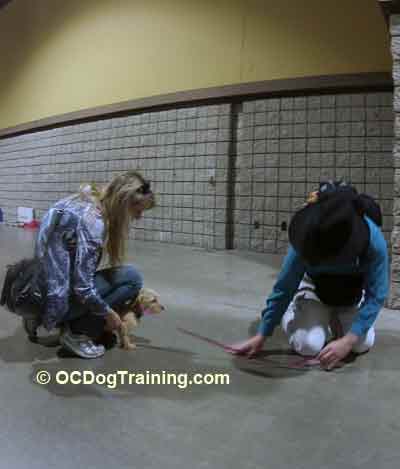
The next consideration is the individual dog’s personality. It’s important to remember that a puppy’s personality may change as it goes through different developmental stages. This means that a puppy’s personality is not as stable as that of an adult dog.
However, there are some traits that tend to be part of the puppy or dog’s core personality. One of these is sensitivity. I seldom see a very fearful or sensitive puppy develop into a fearless dog. It’s good to keep in mind that even a sensitive dog can be taught to act more confident through training. Although confidence gained through training is a little different than natural confidence.
Puppy and adult dog temperament assessments.
The outstanding pet dog has a remarkable combination of traits. These traits are quite unusual in the world of animals. Some, but probably not all of these traits can be more or less evaluated before we get a new dog.
When testing a puppy be careful not to use too much pressure. I tend to use less stressful assessment techniques with young puppies than with an adult dog. While evaluating the dog it must be stressed enough to get a realistic appraisal, but without pushing the dog past its individual limits. No matter what the dog’s age, do not push it past a certain threshold. Whether you’re evaluating a puppy or adult dog, you must be able to read the dog and know when enough is enough.
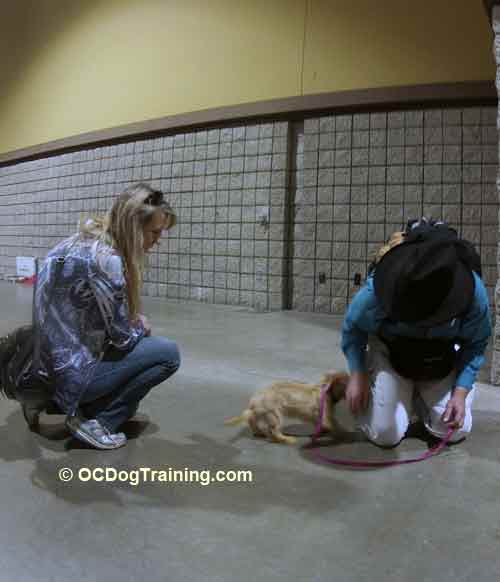
On the first try this puppy approached me with some caution.
This pup would have done quite well if we were evaluating it with dominance subordination criteria. I did several of the standard puppy temperament tests with this dog and it did well with them. I did not do any of my usual stress tests because I thought this particular pup was too sensitive for them. I would expect this dog’s behavior to change when it gets settled into a new home. Take a look at New Dog Syndrome.

Five temperament traits to test
- Fear
- Recovery
- Activity level
- Overt aggression
- Guarding
When temperament testing a dog or puppy there are several personality traits to evaluate. The first is to see how the dog reacts to social and environmental stress. The second is to see if the dog habituates to stimulation and/or recovers from the stress. Third, try to determine the dog’s activity level. Next would be testing the dog’s tendency to be overtly aggressive. It’s also good if you can test for guarding behavior.
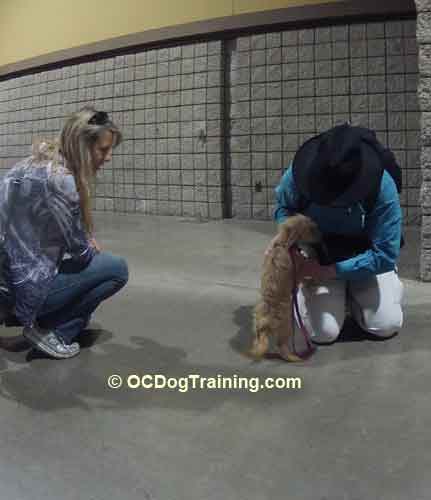
Some people may also have additional behavioral or trait criteria if the dog is needed for a certain kind of work or for a dog sport. If you really need the dog to have a certain trait, learn what that trait looks like in an adult and a young puppy. Keep in mind that you may not be able to accurately predict how the pup will develop. When I was working with police dogs it was customary to only get adult dogs that could be fully tested.
Many of the old puppy temperament tests talk about dominance and submissiveness. I don’t usually use these terms with puppy tests. Instead I think in the terms of sensitivity, fear, and recovery. A dog can look quiet and submissive but really be overly frightened. It may take some time for this type of dog to feel comfortable in its new home. Until it feels comfortable you’ll have a hard time seeing its real personality. When looking for a dog, be aware that an overly confident, independent, or insensitive dog may also prove to be troublesome for many people. Dogs on both ends of the scale should be considered carefully by most people looking for a pet, especially first time pet parents.
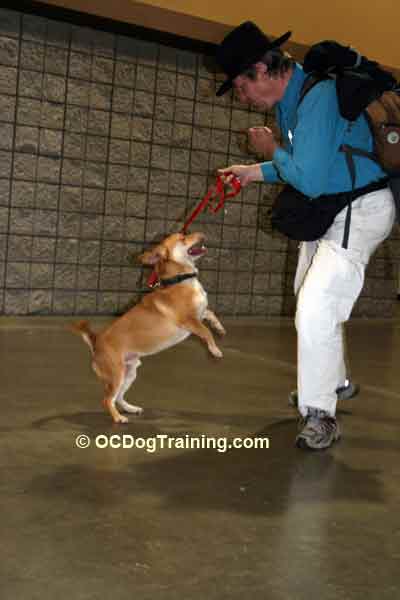
When I have a large pool of dogs to select from I try to pick a dog that’s fairly confident, but responsive to social cues from humans and with a low level of overt aggression. I also like to see a dog that gets along with other dogs and preferably other animals like cats.
We can think of the dog’s sensitivity level on a scale. What I call the sensitivity scale. I usually think of it as a linear graph going from 1 to 100, but we can also think of it as a half circle with the majority of dogs towards the sensitive side. Another way to think about the distribution of core traits is a bell curve. Why are more dogs fearful as opposed to fearless?
Fear has survival value.
For thousands of years, fear kept dogs alive. I have spent time watching wild and feral dogs and the ones that have some fear are better at avoiding being harmed by humans. I have also seen a similar trend in two populations of feral cats I watched for many years.
In most of the world, animals are not treated very nicely by humans. Fortunately dogs have developed a rather remarkable acceptance and trust of humans. So even if they are a little fearful of people, they still show what to us looks like unconditional love.
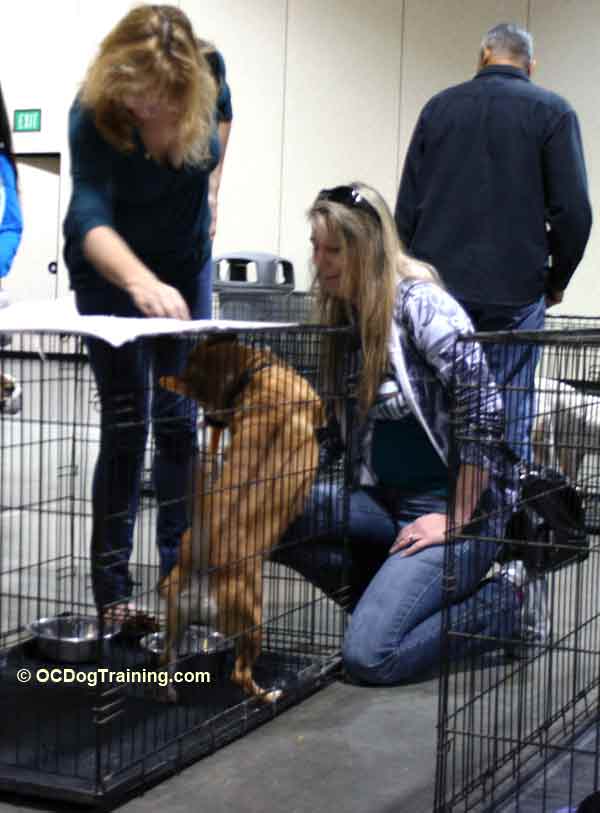
One reason this dog was less responsive to me could be due to the dog having been in a crate combined with its active nature. I think it may also have something be doe to its past experiences with people. Often young dogs will act this way because people have inadvertently rewarded this type of behavior. This dog was too active for one of the cats or else I would have spent more time evaluating its response to human cues.
One reason this dog was less responsive could be due to the dog having been in a crate for sometime, combined with its active nature. I think it may also be do to with its past experiences with people. Often young dogs will act this way because people have inadvertently rewarded active unfocused behavior. This dog was too active for one of the cats or else I would have spent more time evaluating its response to human cues.
Activity Level
A dog’s level of activity can also influence its behavior and how it fits into your lifestyle. Very active dogs display more units of behavior in a given amount of time. By behaving more they are more likely to perform some behavior the owner thinks are problems. All things being equal, I would say that an active dog is also more likely to exhibit undesirable behavior than a calm dog. This doesn’t mean all active extreme dogs misbehave. But they do have a higher tendency to misbehave. Fortunately training can often channel this active energy. Training can redirect the dog’s drive toward more desirable behavior. When looking for a new dog, be cautious of a super calm dog. It’s not uncommon for a very calm dog to either be very afraid or sick..

Overt Aggression.
Aggression is an interesting subject that could take a lifetime to explore. While we may never fully understand it, as citizens of the world we should learn as much as we can about it. Aggression can take many forms, from highly ritualized aggression seen in play to overt aggression where the dog is trying to kill. I like to select dogs that are not high in aggression. Even when I am selecting a dog that will be used for protection training, I try to stay away from very aggressive dogs. Again there is a hierarchy of aggression. I think of this hierarchy or scale going from 1 to 100. The best pet dogs are not higher than 35 on the scale. If a dog is very emotionally stable then I think a dog up to about 50 will have very little chance of biting someone it shouldn’t. The higher the dog’s level of aggression the more the dog and owner need training. However, if the aggression is associated with other behaviors such as guarding it can be more of a problem.
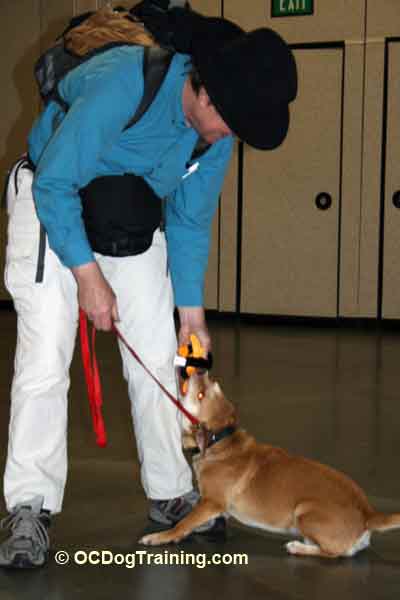
Guarding
I consider guarding as a special part of the aggression equation. Playful guarding like play growling is nothing to be concerned about. However, more serious guarding is something every dog owner should be on the lookout for.
Guarding and possessiveness are related but not exactly the same thing. Are you interested in protection dog sports? If you are, then you may want a dog that shows some possessiveness, but still without overt aggression. Often aggressive guarding of food, toys, the bed, and people can be managed through proper training.
The selection criteria you use to get a dog should match the reasons you’re getting a dog. We each have different needs. For each important trait you need to determine what you consider an ideal level or intensity as well as the level you can live with. You will probably find a dog that falls somewhere in-between the two.
If you’re considering adding a new dog or pup to your home give me a call at 714-827-4058
It is better to have some idea of the behavior to look for before you bring that bundle of love into your home than after problems begin.
I am wishing you the very best in dogs and in life,
Personal In Home Dog Training
714-827-4058
Andrew Ledford

